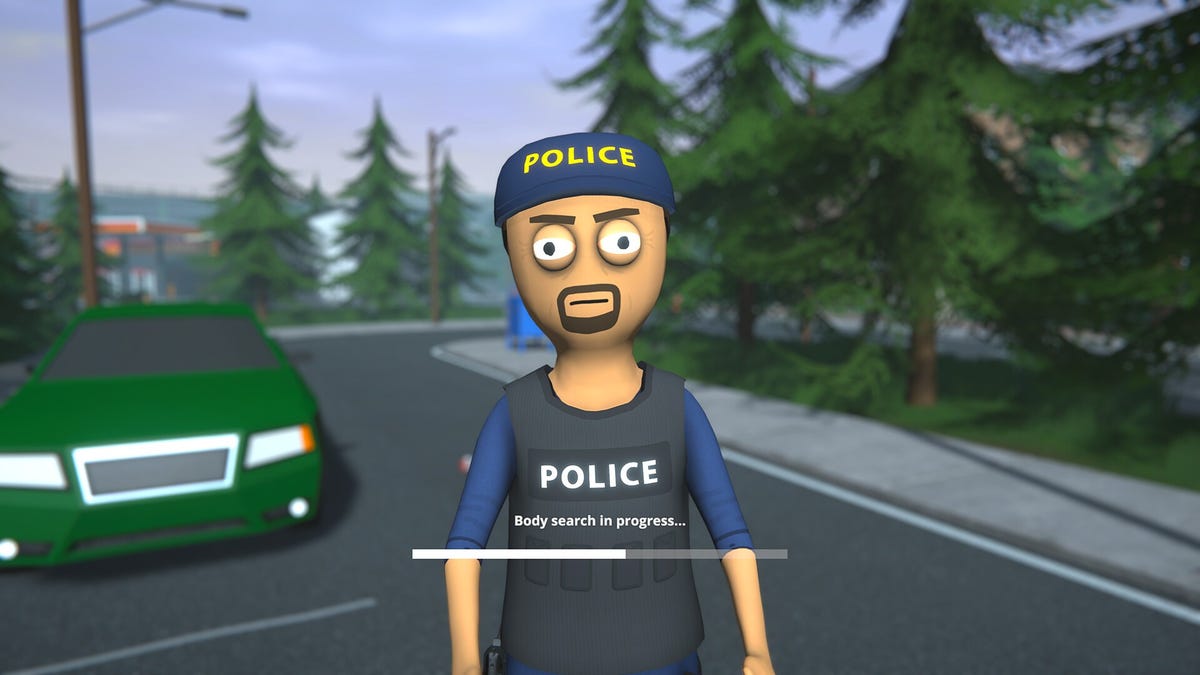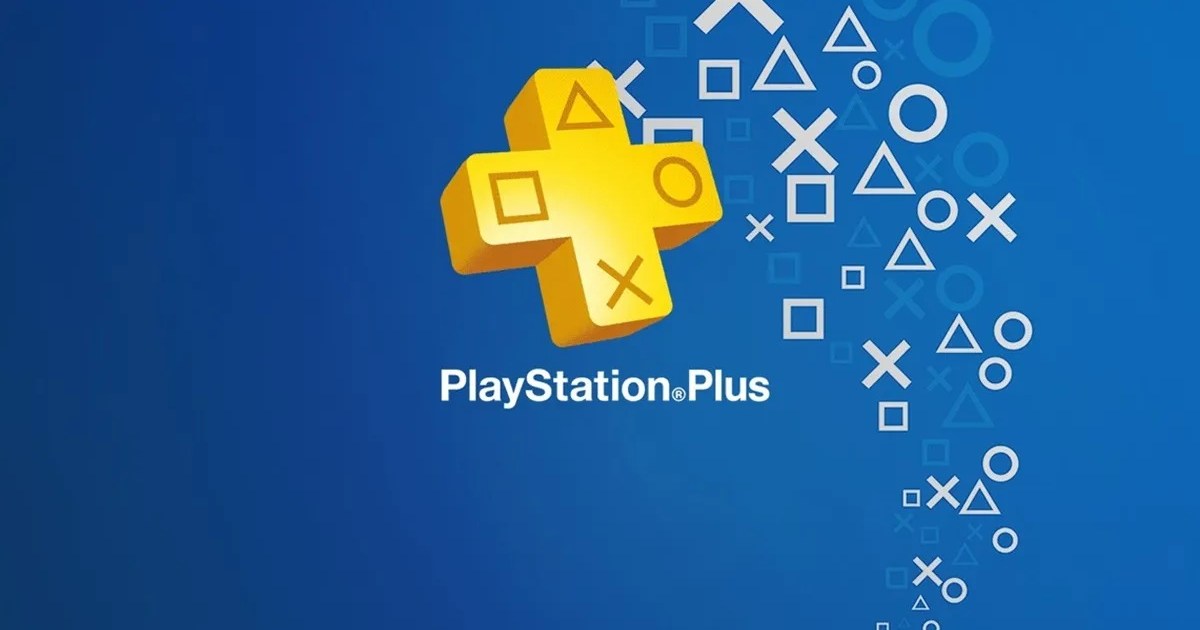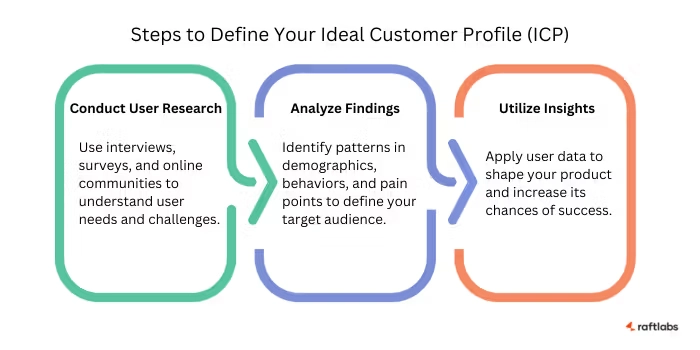9 SaaS Apps Solving Real-World Problems: What You Can Learn From Them
If you’re a first-time SaaS founder or planning your next big idea, stop and ask: Does your app solve a specific problem? Because success isn’t about building the most complex solution. It’s about delivering simple, effective value to your target user. The top SaaS companies in the world—whether in healthcare, productivity, or AI—win because they nail this one thing. Let’s break down 9 SaaS applications that do just that. 9 SaaS apps crushing it in their industries and unpack what early-stage founders can learn from them. 1. PDC Remote Care – Transforming Healthcare Monitoring Problem Solved: Inconsistent patient monitoring and delayed interventions in remote healthcare. What it does: Real-time vitals tracking AI-driven insights for faster decisions Scalable integrations for healthcare devices Lesson for Founders: Build around critical workflows. PDC’s strength lies in enabling proactive care, not just passive data collection. 2. PSi (People Supported Intelligence) – Smarter Decision-Making **Problem Solved: **Difficulty in analyzing large-scale discussions and making sense of stakeholder opinions. What it does: Hosts massive online voice chats Analyzes conversations with AI Produces actionable recommendations and opinion maps **Lesson: **SaaS with a strong data analytics layer gives enterprise users better decision-making power. Perceptional – Redefining User Research Problem Solved: Time-consuming, expensive traditional user research. What it does: AI-led chat interviews with follow-up questions Qualitative insights at scale Generates deep user understanding faster Lesson: Automate where users lose time—Perceptional improves speed and insight quality. 4. SEKOU – Education for Emerging Markets Problem Solved: Fragmented communication and admin inefficiencies in K-12 schools. What it does: LMS + multilingual support Attendance, payroll, grading automation Real-time updates for parents and teachers Lesson: If you're building for a niche (like French-speaking African schools), go deep on solving their specific pain points. 5. Salesforce – Intelligent CRM at Scale Problem Solved: Disconnected sales, marketing, and customer support systems. What it does: AI-powered CRM Automates workflows and predicts customer needs Seamless third-party integrations Lesson: Even massive platforms win by making smarter decisions easier. Think: intelligence + automation. 6. Adobe Creative Cloud – AI Meets Creativity Problem Solved: Slow, manual creative workflows. What it does: Cloud-based creative suite (Photoshop, Illustrator, etc.) AI tools for faster edits Real-time team collaboration Lesson: Even creative industries thrive with SaaS when it boosts speed + teamwork. 7. Slack – Reinventing Team Communication Problem Solved: Endless email threads and lost context in team chats. What it does: Real-time messaging App integrations (Google Drive, GitHub, Trello) Searchable channels Lesson: Reduce digital clutter. If you can centralize fragmented processes, you’re building real value. Tableau – Making Data Digestible Problem Solved: Static reports and inaccessible data insights. What it does: Interactive dashboards Real-time data exploration Integration with databases, CRMs, and APIs Lesson: Don’t just present data—help users act on it. Visualization = power. 9. Lark – All-in-One Productivity Platform Problem Solved: App overload—teams switching between too many tools. What it does: Messaging, docs, video calls, scheduling—all in one Smart AI tools like auto-translation Custom workflow builder Lesson: Integration beats fragmentation. Think one platform, many tools. How to Validate Your SaaS Idea Like These Winners Before you dive into building, validate. Here's a step-by-step to avoid building something no one wants: 1. Rapid Prototyping Sketch wireframes and test with real users. Don't perfect it—get feedback early. 2. Build an MVP Focus on 1-2 core features that directly solve your user's main problem. 3. Launch a Pre-Launch Page Use landing pages to test interest. Collect emails. Gauge real demand. 4. Talk to Real Users Interviews > assumptions. Your friends aren't your market—find your niche audience. 5. Study the Competition What’s missing in existing apps? What are users complaining about in reviews? Can you differentiate? Mistakes Founders Often Make (And How to Avoid Them) ❌ Falling in love with the idea, not the problem Stay user-focused, not ego-focused. ❌ Skipping real research Talk to potential customers. A lot of them. ❌ Ignoring competitors A crowded space isn't bad—it means demand exists. Stand out with positioning. Key Takeaway The most successful SaaS products don’t start with the flashiest features—they start by solving a clear, urgent problem. Whether you're building for hospitals, creatives, or remote teams—make your product indispensable by focusing on: Real user pain points Simplicity in

If you’re a first-time SaaS founder or planning your next big idea, stop and ask:
Does your app solve a specific problem?
Because success isn’t about building the most complex solution. It’s about delivering simple, effective value to your target user. The top SaaS companies in the world—whether in healthcare, productivity, or AI—win because they nail this one thing.
Let’s break down 9 SaaS applications that do just that.
9 SaaS apps crushing it in their industries and unpack what early-stage founders can learn from them.
1. PDC Remote Care – Transforming Healthcare Monitoring
Problem Solved: Inconsistent patient monitoring and delayed interventions in remote healthcare.
What it does:
- Real-time vitals tracking
- AI-driven insights for faster decisions
- Scalable integrations for healthcare devices
Lesson for Founders: Build around critical workflows. PDC’s strength lies in enabling proactive care, not just passive data collection.
2. PSi (People Supported Intelligence) – Smarter Decision-Making
**Problem Solved: **Difficulty in analyzing large-scale discussions and making sense of stakeholder opinions.
What it does:
- Hosts massive online voice chats
- Analyzes conversations with AI
- Produces actionable recommendations and opinion maps
**Lesson: **SaaS with a strong data analytics layer gives enterprise users better decision-making power.
Perceptional – Redefining User Research
Problem Solved: Time-consuming, expensive traditional user research.
What it does:
- AI-led chat interviews with follow-up questions
- Qualitative insights at scale
- Generates deep user understanding faster
Lesson: Automate where users lose time—Perceptional improves speed and insight quality.
4. SEKOU – Education for Emerging Markets
Problem Solved: Fragmented communication and admin inefficiencies in K-12 schools.
What it does:
- LMS + multilingual support
- Attendance, payroll, grading automation
- Real-time updates for parents and teachers
Lesson: If you're building for a niche (like French-speaking African schools), go deep on solving their specific pain points.
5. Salesforce – Intelligent CRM at Scale
Problem Solved: Disconnected sales, marketing, and customer support systems.
What it does:
- AI-powered CRM
- Automates workflows and predicts customer needs
- Seamless third-party integrations
Lesson: Even massive platforms win by making smarter decisions easier. Think: intelligence + automation.
6. Adobe Creative Cloud – AI Meets Creativity
Problem Solved: Slow, manual creative workflows.
What it does:
- Cloud-based creative suite (Photoshop, Illustrator, etc.)
- AI tools for faster edits
- Real-time team collaboration
Lesson: Even creative industries thrive with SaaS when it boosts speed + teamwork.
7. Slack – Reinventing Team Communication
Problem Solved: Endless email threads and lost context in team chats.
What it does:
- Real-time messaging
- App integrations (Google Drive, GitHub, Trello)
- Searchable channels
Lesson: Reduce digital clutter. If you can centralize fragmented processes, you’re building real value.
Tableau – Making Data Digestible
Problem Solved: Static reports and inaccessible data insights.
What it does:
- Interactive dashboards
- Real-time data exploration
- Integration with databases, CRMs, and APIs
Lesson: Don’t just present data—help users act on it. Visualization = power.
9. Lark – All-in-One Productivity Platform
Problem Solved: App overload—teams switching between too many tools.
What it does:
- Messaging, docs, video calls, scheduling—all in one
- Smart AI tools like auto-translation
- Custom workflow builder
Lesson: Integration beats fragmentation. Think one platform, many tools.
How to Validate Your SaaS Idea Like These Winners
Before you dive into building, validate. Here's a step-by-step to avoid building something no one wants:
1. Rapid Prototyping
Sketch wireframes and test with real users. Don't perfect it—get feedback early.
2. Build an MVP
Focus on 1-2 core features that directly solve your user's main problem.
3. Launch a Pre-Launch Page
Use landing pages to test interest. Collect emails. Gauge real demand.
4. Talk to Real Users
Interviews > assumptions. Your friends aren't your market—find your niche audience.
5. Study the Competition
What’s missing in existing apps? What are users complaining about in reviews? Can you differentiate?
Mistakes Founders Often Make (And How to Avoid Them)
❌ Falling in love with the idea, not the problem
Stay user-focused, not ego-focused.
❌ Skipping real research
Talk to potential customers. A lot of them.
❌ Ignoring competitors
A crowded space isn't bad—it means demand exists. Stand out with positioning.
Key Takeaway
The most successful SaaS products don’t start with the flashiest features—they start by solving a clear, urgent problem.
Whether you're building for hospitals, creatives, or remote teams—make your product indispensable by focusing on:
- Real user pain points
- Simplicity in execution
- Automation and intelligence
- Scalable UX and architecture
Want Help Turning Your SaaS Idea Into a Scalable Product?
If you're planning to build a SaaS app that solves real problems and stands out in a crowded market, RaftLabs can help.
Having a great SaaS idea is just the beginning—the real challenge lies in turning that idea into a scalable, user-friendly product. That’s where RaftLabs comes in. As a product-driven SaaS development company, RaftLabs partners with founders to bring their vision to life—from rapid prototyping and MVP development to full-scale product launches. With expertise across web, mobile, and AI-powered applications, we focus on solving real-world problems with clean design, smart automation, and scalable tech stacks.
Originally Posted at Raftlabs



_Andrew_Angelov_Alamy.jpg?#)


























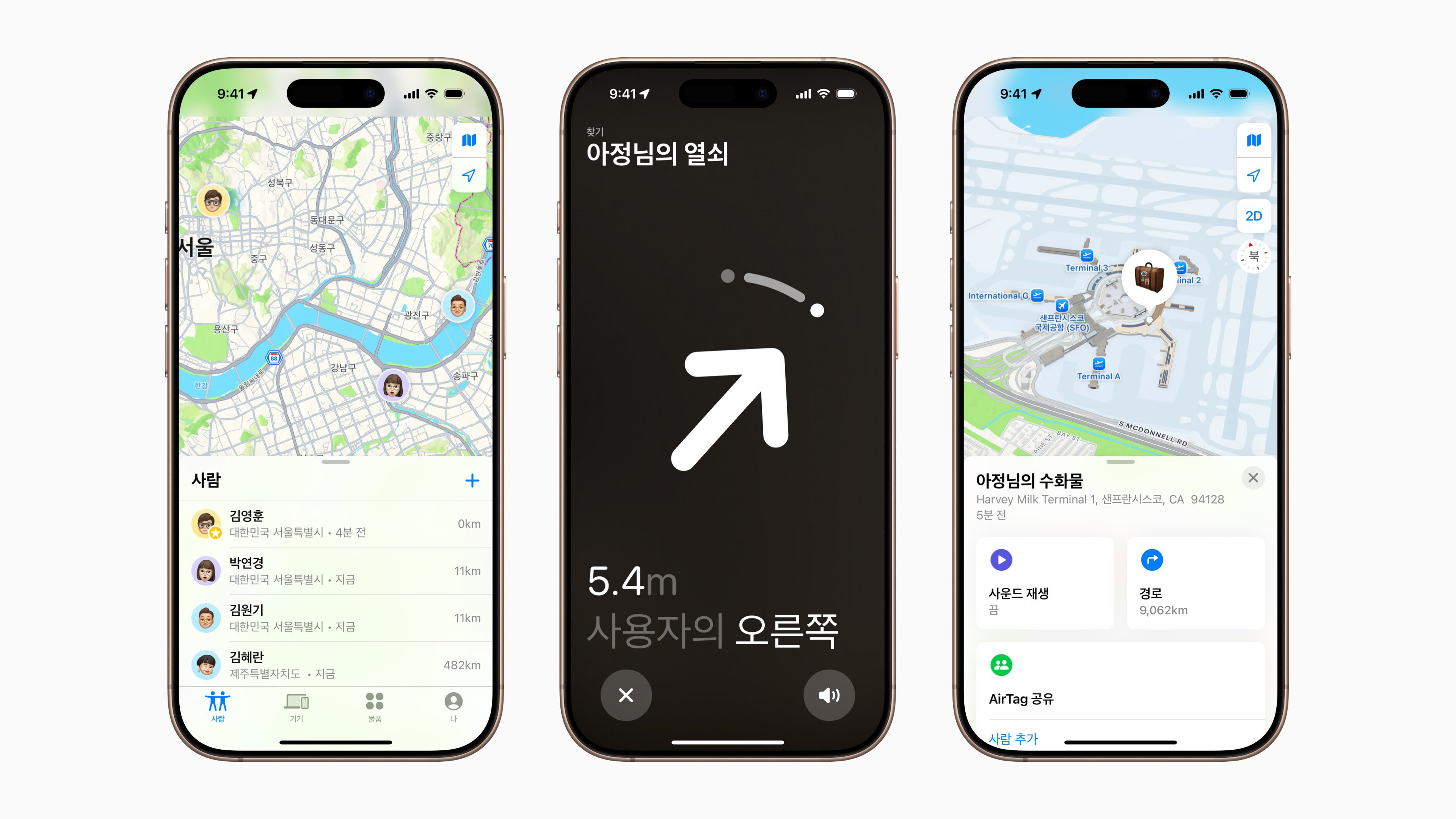


















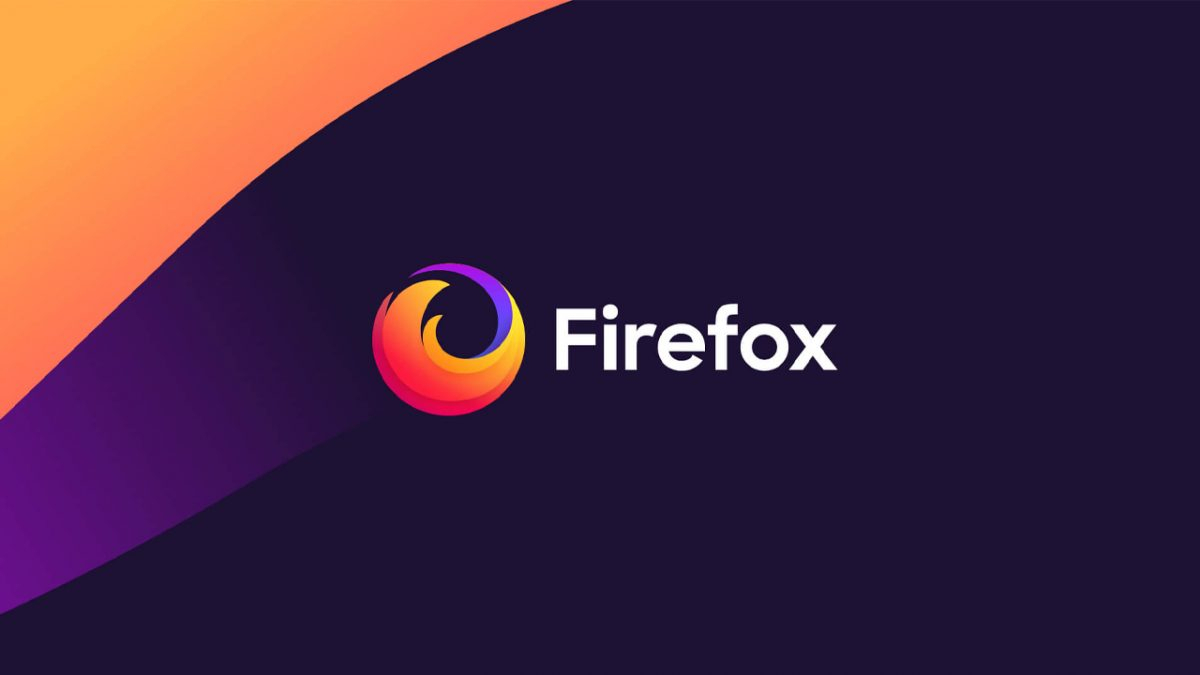





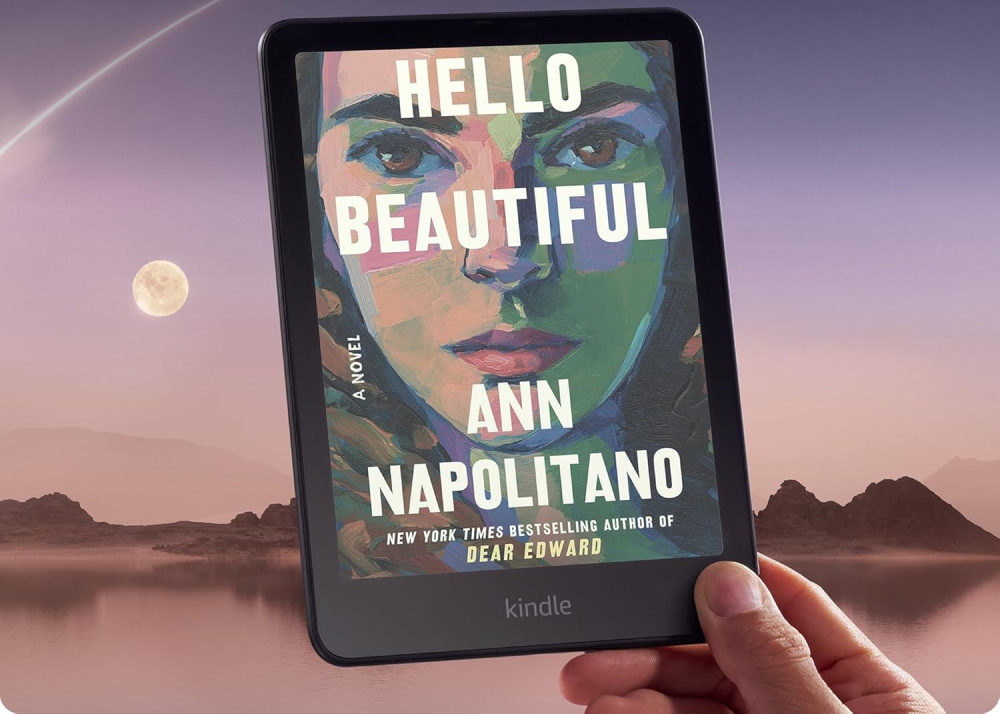








![Apple Watch Series 10 Prototype with Mystery Sensor Surfaces [Images]](https://www.iclarified.com/images/news/96892/96892/96892-640.jpg)

![Get Up to 69% Off Anker and Eufy Products on Final Day of Amazon's Big Spring Sale [Deal]](https://www.iclarified.com/images/news/96888/96888/96888-640.jpg)
![Apple Officially Releases macOS Sequoia 15.4 [Download]](https://www.iclarified.com/images/news/96887/96887/96887-640.jpg)






















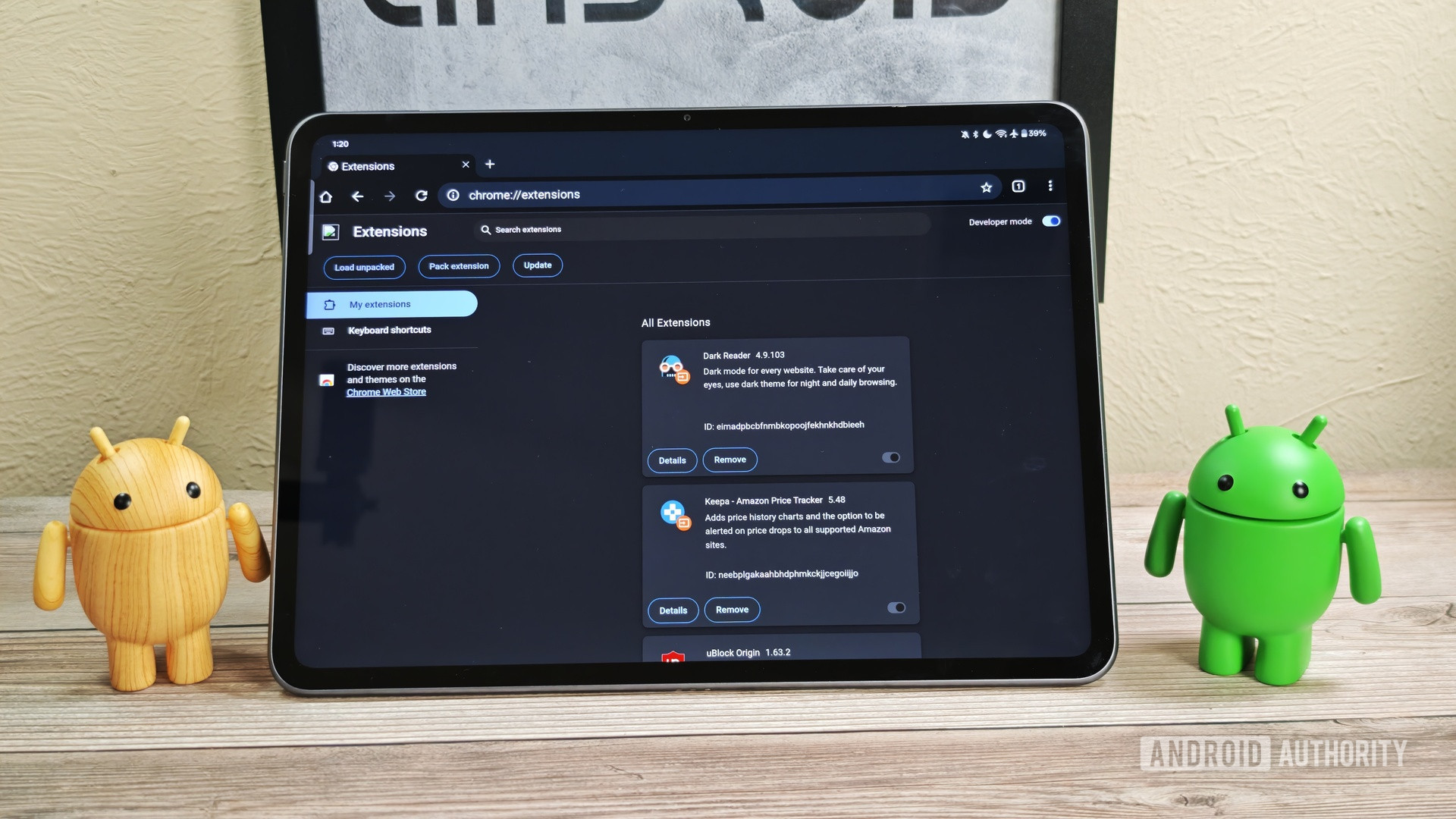




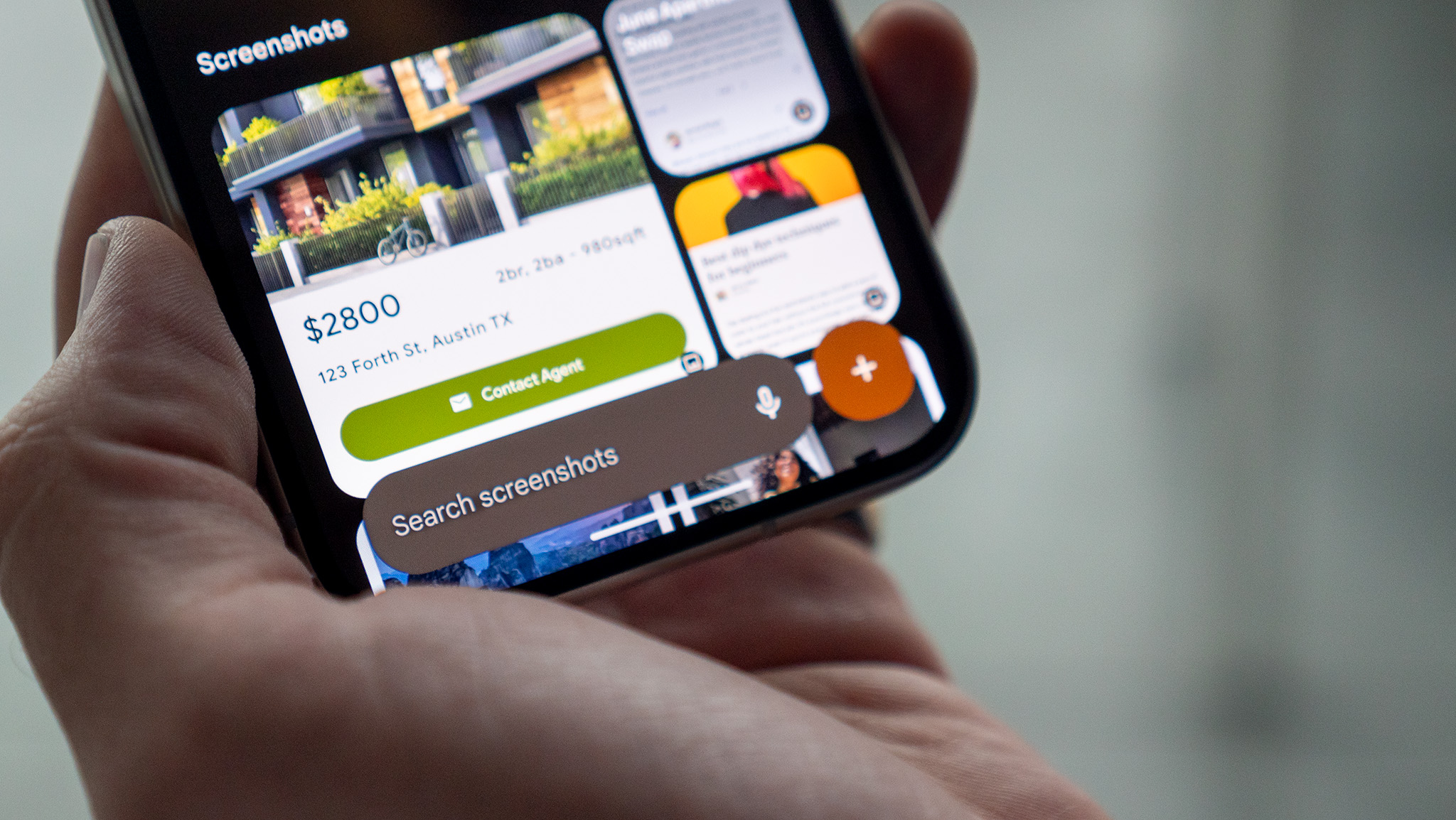


![watchOS 11.4 was briefly available, and was pulled by Apple [u]](https://photos5.appleinsider.com/gallery/60061-123253-watchOS-11-on-Apple-Watch-Ultra-xl.jpg)
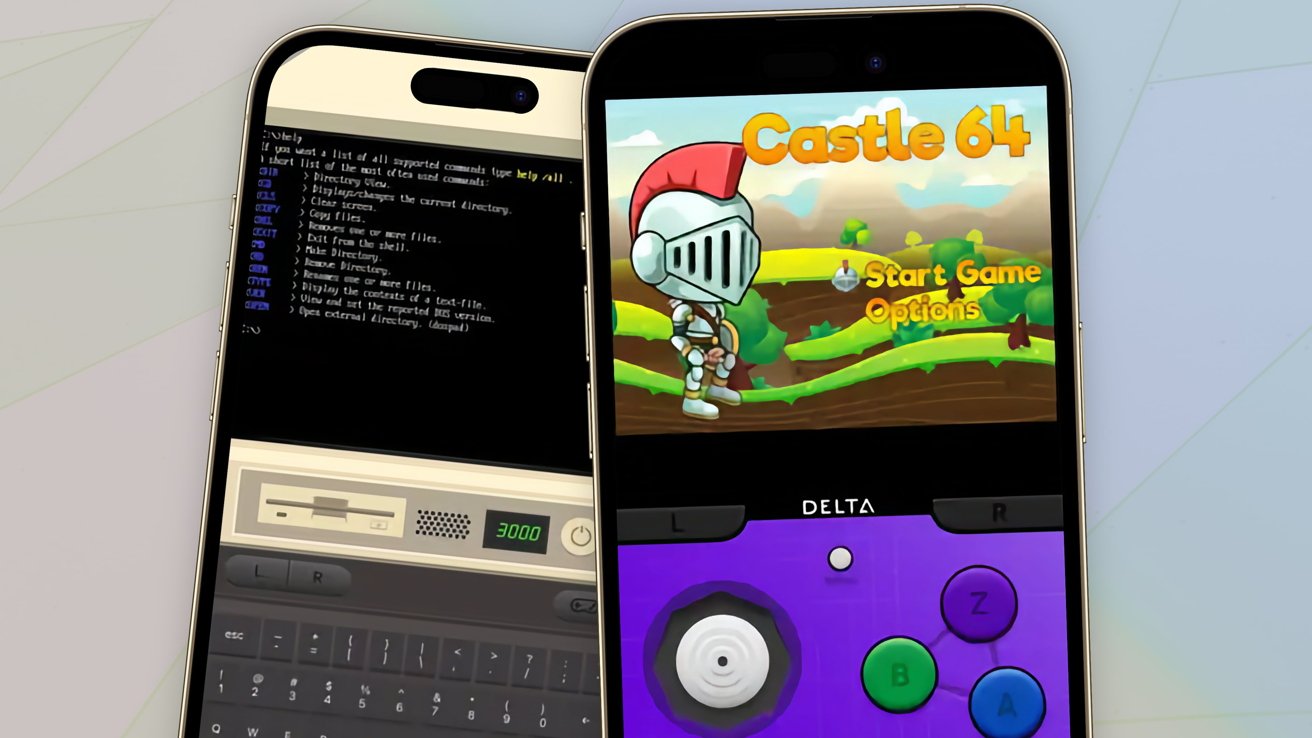



























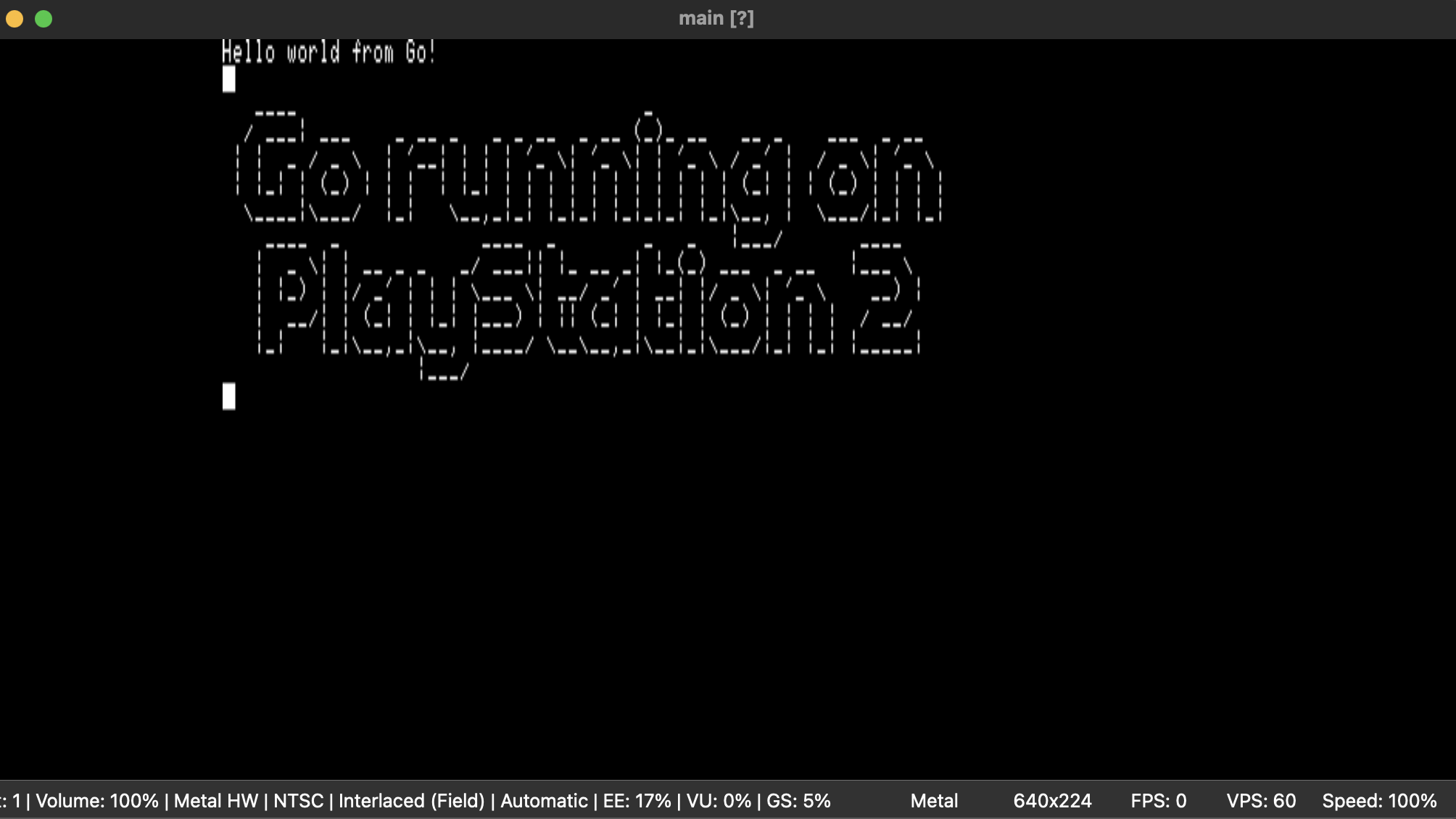


















































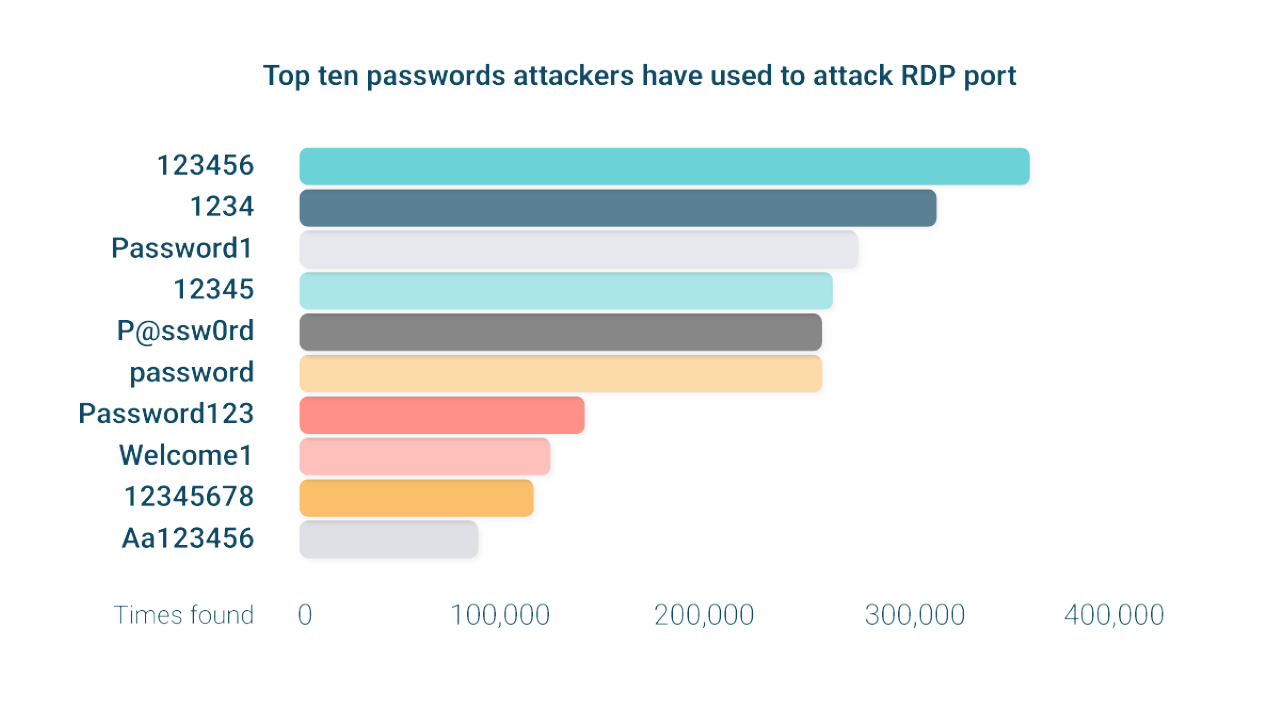








































































![[The AI Show Episode 142]: ChatGPT’s New Image Generator, Studio Ghibli Craze and Backlash, Gemini 2.5, OpenAI Academy, 4o Updates, Vibe Marketing & xAI Acquires X](https://www.marketingaiinstitute.com/hubfs/ep%20142%20cover.png)
























































































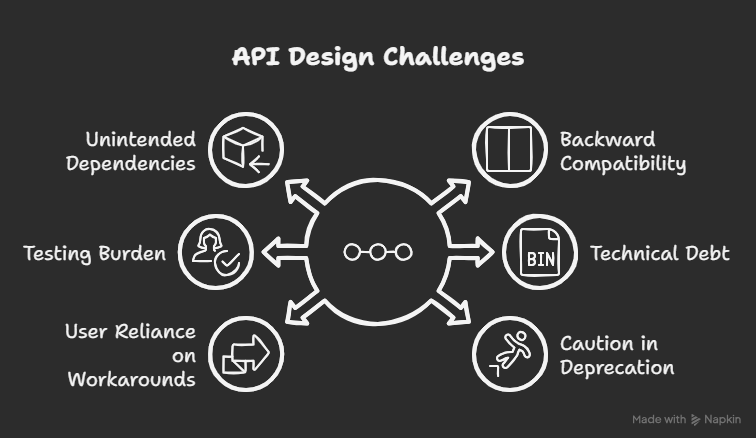



















![Is this a suitable approach to architect a flutter app? [closed]](https://i.sstatic.net/4hMHGb1L.png)







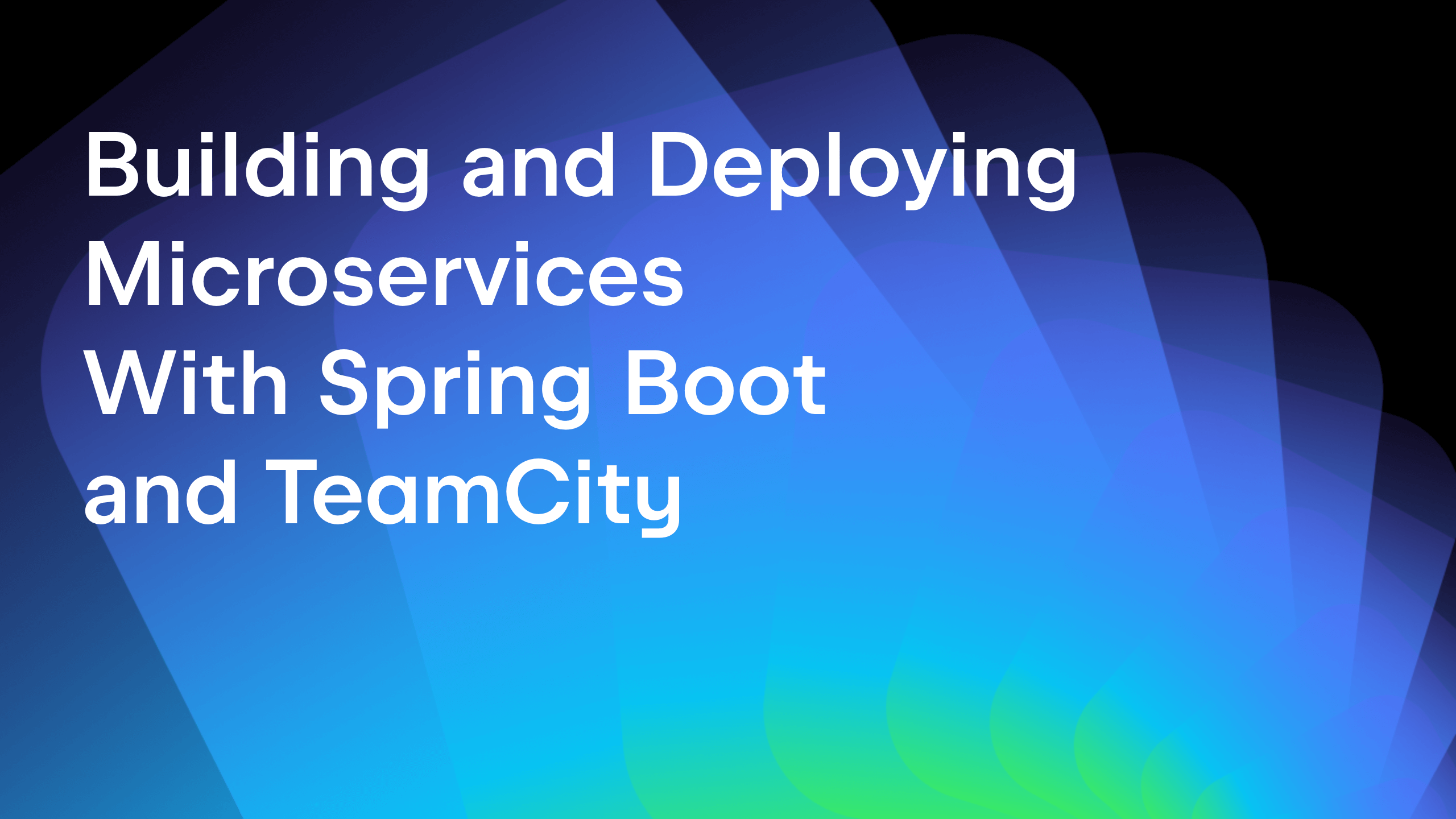
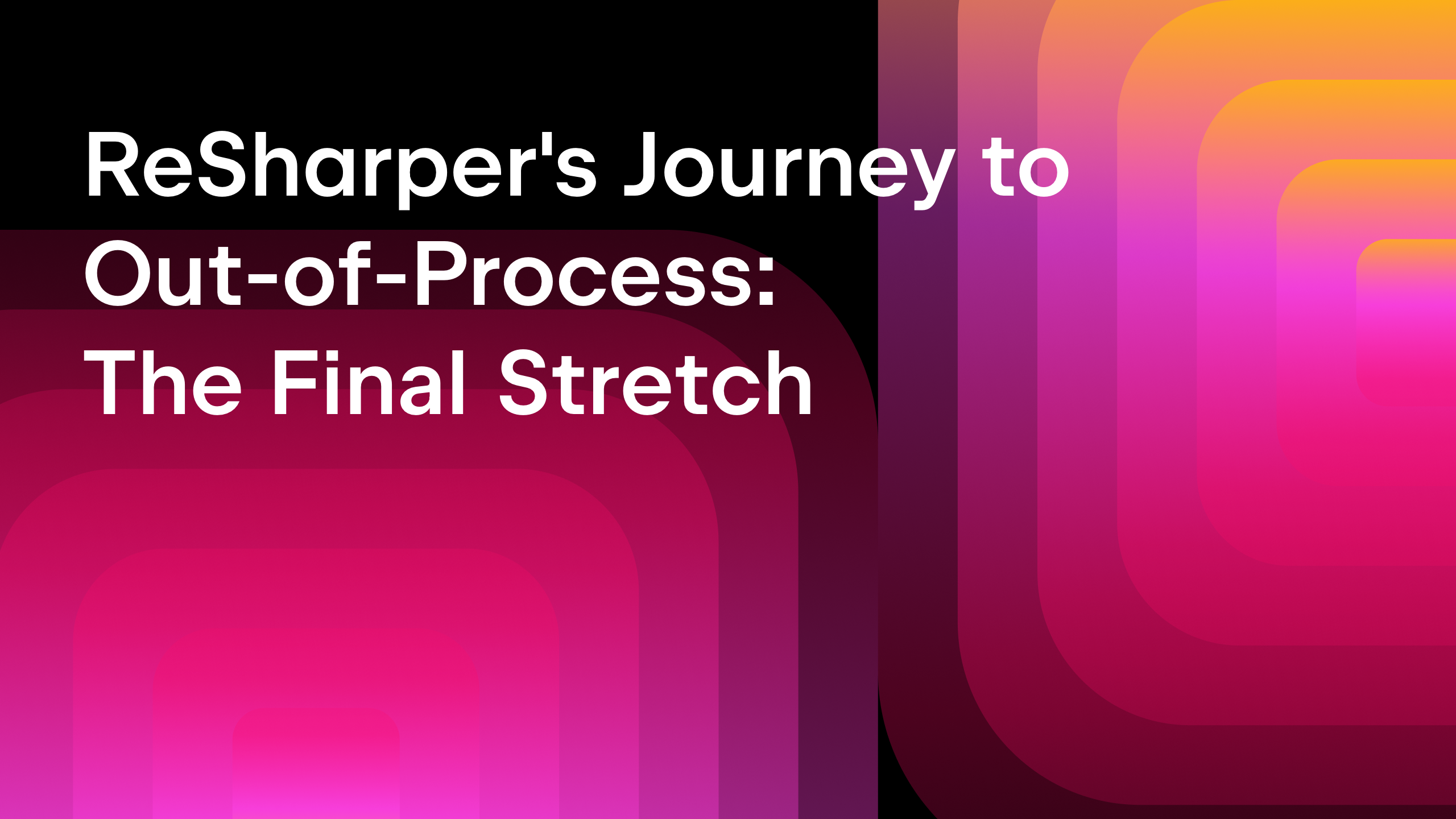
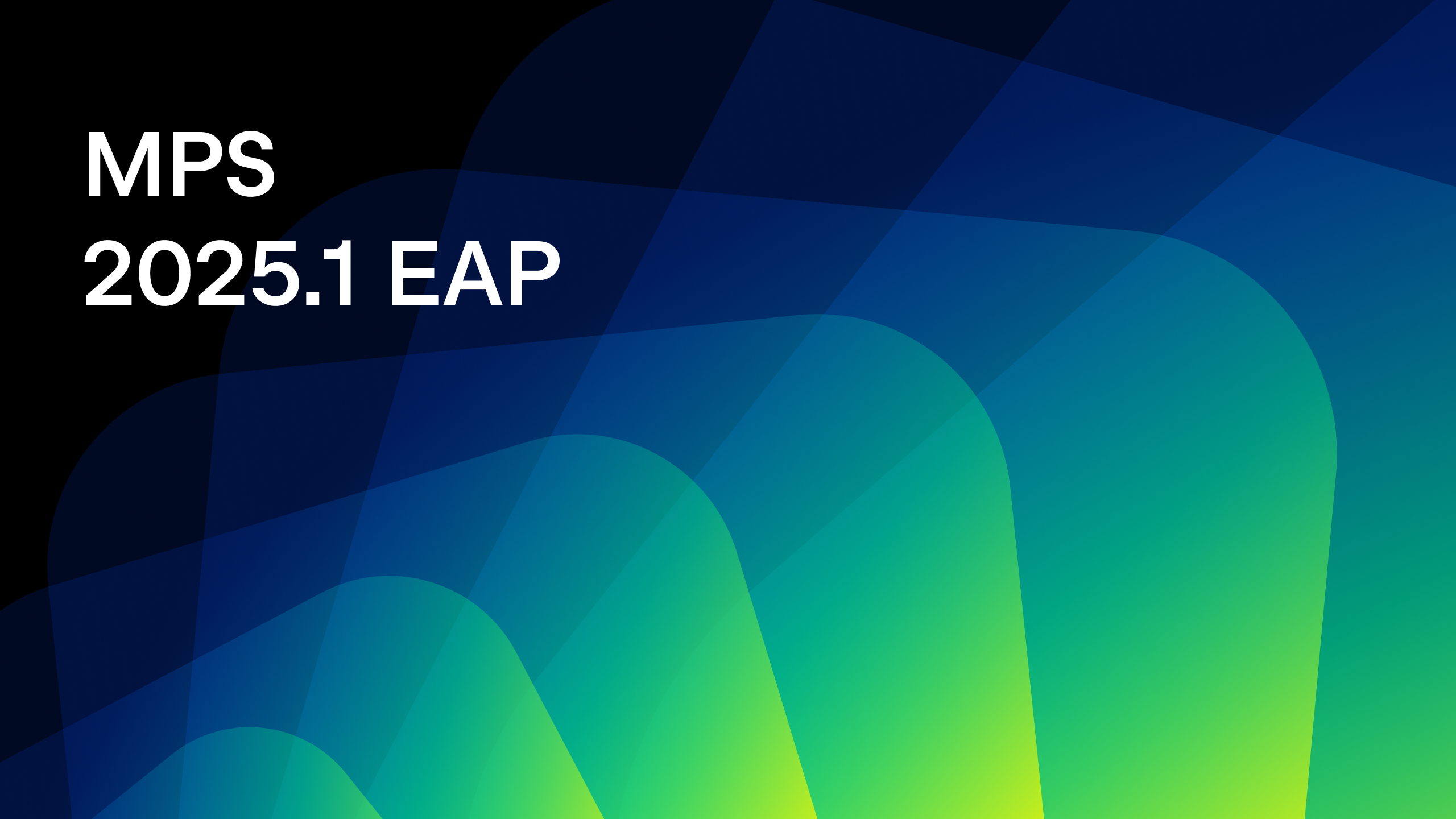






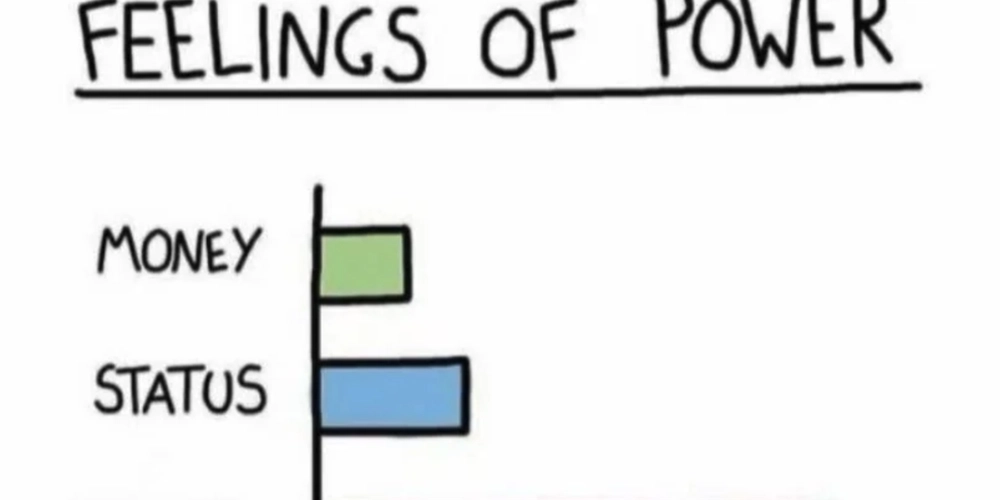
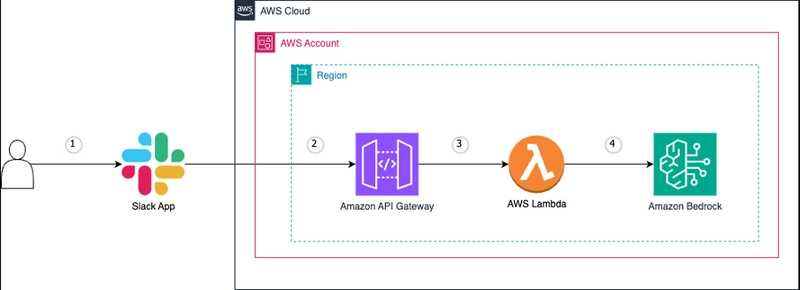
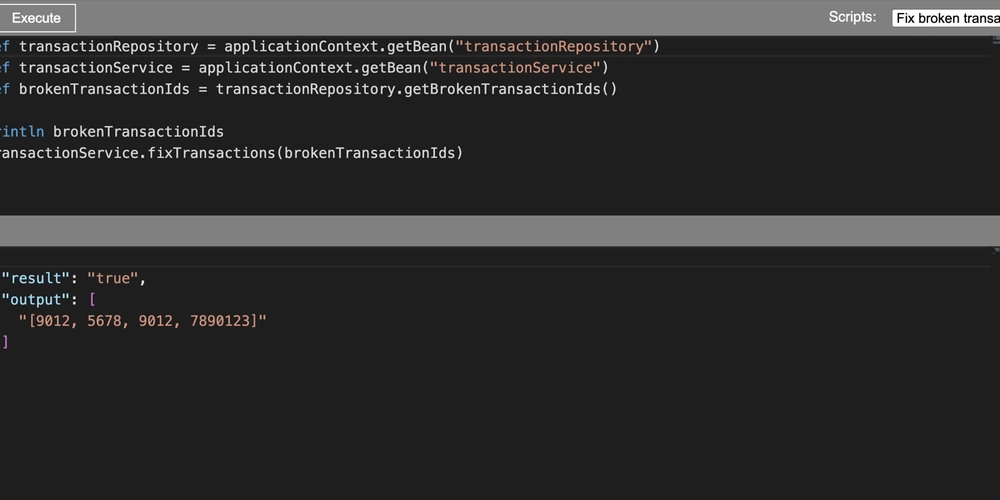

![From broke musician to working dev. How college drop-out Ryan Furrer taught himself to code [Podcast #166]](https://cdn.hashnode.com/res/hashnode/image/upload/v1743189826063/2080cde4-6fc0-46fb-b98d-b3d59841e8c4.png?#)





























-1280x720.jpg?width=1920&height=1920&fit=bounds&quality=80&format=jpg&auto=webp#)

















